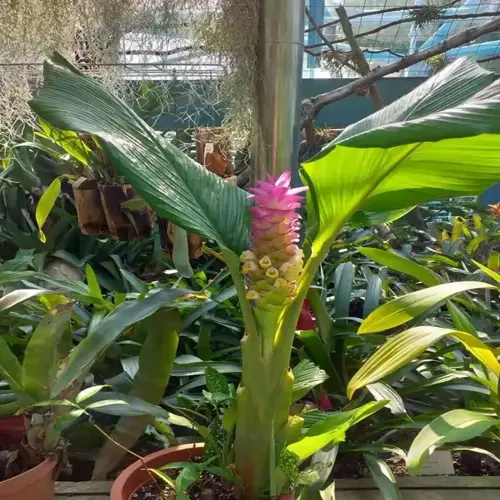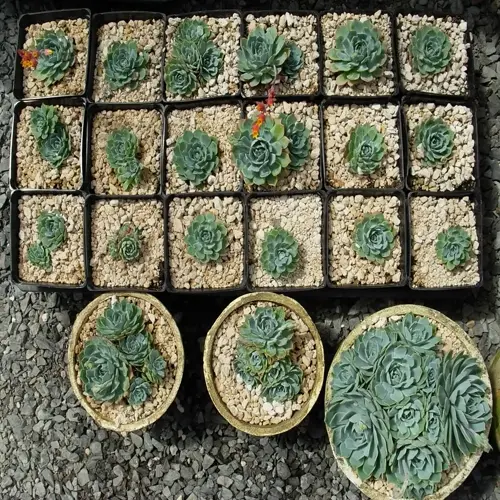What plants don't like to be repotted?

Written by
Michael Sullivan
Reviewed by
Prof. Charles Hartman, Ph.D.Some plants suffer significantly when they are repotted due to their specific root systems or slow growth cycles. Orchids and bromeliads are at the top of this list because their air roots dry out quickly when they get handled. I figured this out after losing an expensive moth orchid for no reason after repotting. To care for delicate species, either minimize root damage or rely on alternative means of care.
Epiphytes
- Orchids and bromeliads detest root disturbance
- Their aerial roots require specific humidity levels
- Disturbance breaks symbiotic fungal relationships
Mature Specimens
- Citrus trees and palms experience severe stress
- Established root systems anchor large canopies
- Recovery takes months even with perfect technique
Slow-Growers
- Lithops and haworthia need repotting rarely
- Their growth rate averages just 1-2cm annually
- Frequent disturbance stunts their development
Seasonal Bloomers
- Avoid repotting during flowering periods
- Energy diversion causes bud drop
- Azaleas and gardenias require stable conditions
Various techniques can help reduce stress during repotting for sensitive plants. For orchids specifically, I leave the root ball in its original state, and change the medium underneath. Bottom watering prevents crown rot during recovery time. You will preserve mycorrhizal fungi by maintaining some of the original bark. Gentle methods will help avoid setbacks in slow-recovery species.
Identify when you need to repot, even if you are sensitive to the plant. Root confinement seen through the drainage holes requires action even in the most unwilling plant. My mature fiddle leaf fig needed an emergency repotting after it cracked its pot. Once the container restricts growth physically, root health must take precedence over reluctance.
Use alternative care methods to delay repotting. Top-dressing replenishes nutrients at the surface without disturbing the roots. I renew my bromeliads with orchid bark once a year. You can extend intervals between repotting with targeted feeding and soil amendments. This way, you will maintain the plant's health while being mindful of its sensitivities.
Read the full article: How to Repot Plants: 10 Essential Steps

